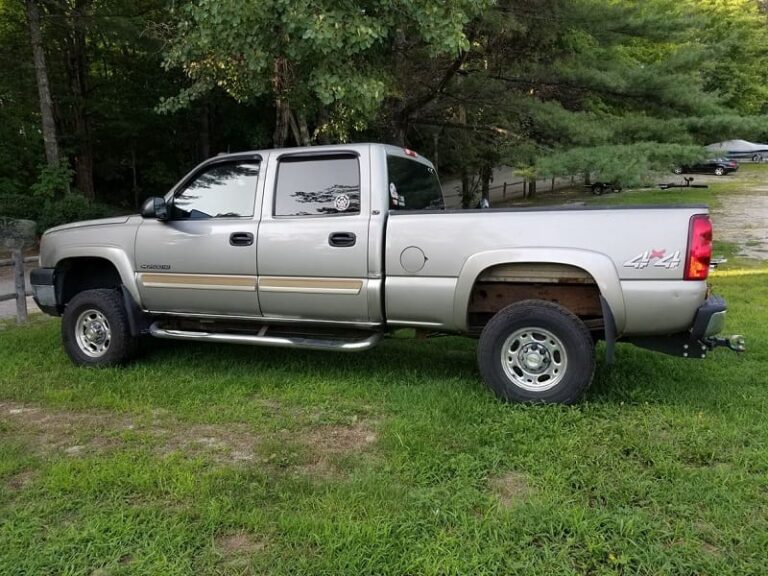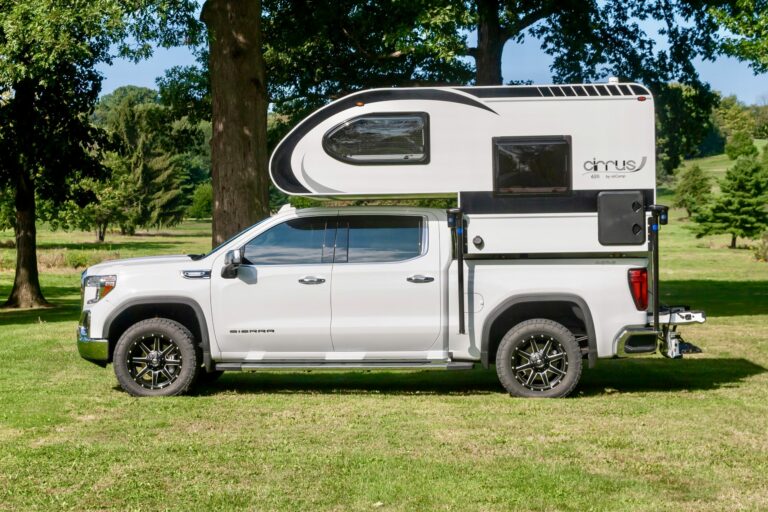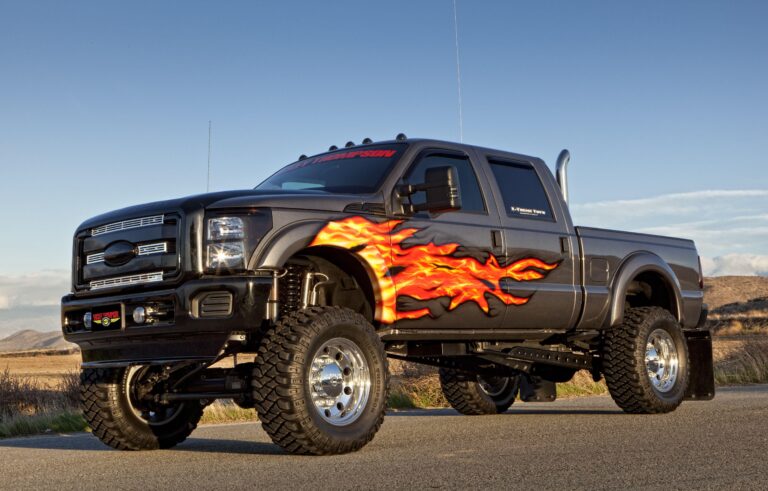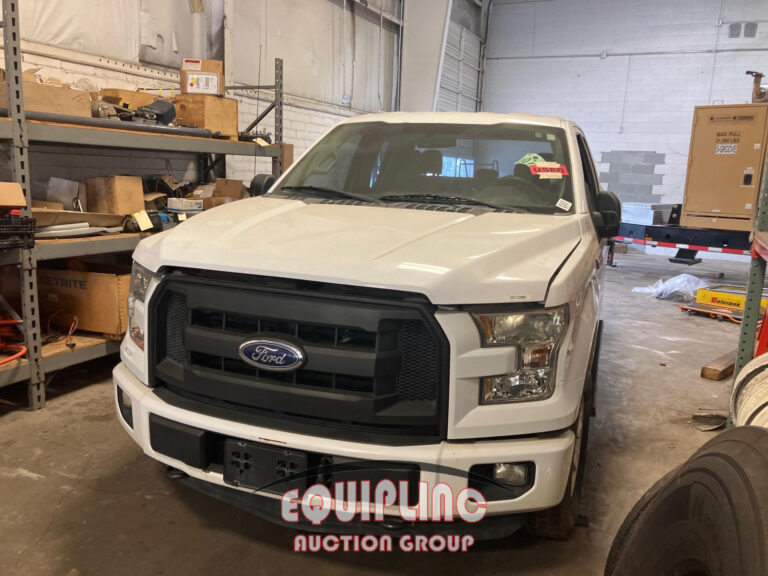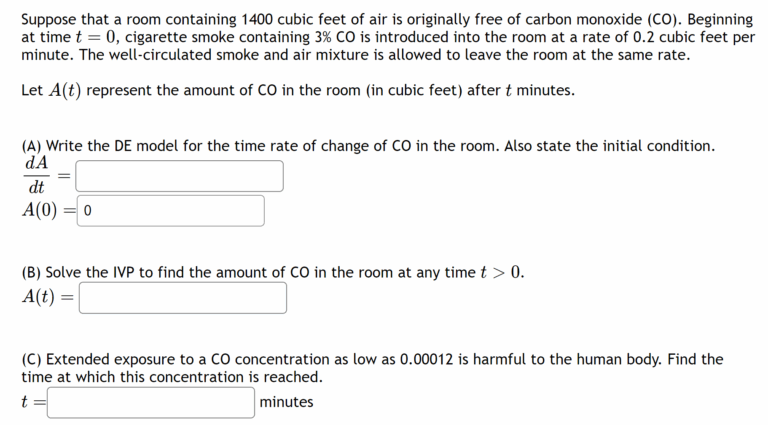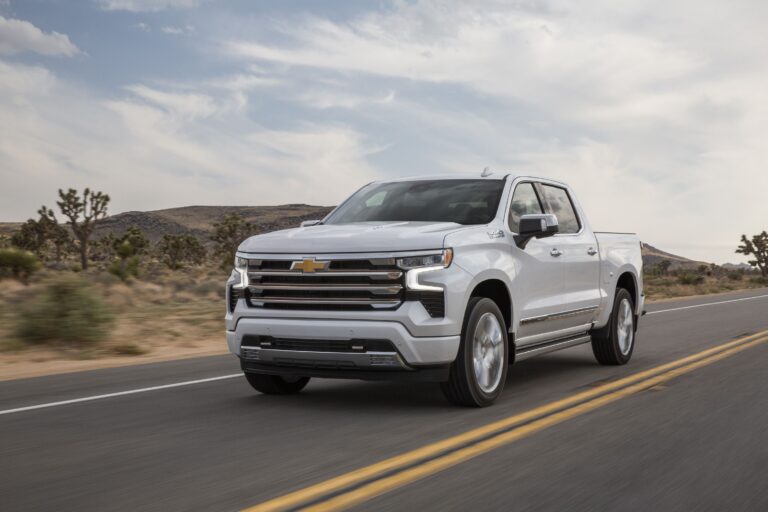Trucks With Bale Beds For Sale: Your Comprehensive Guide to Efficient Hay Handling
Trucks With Bale Beds For Sale: Your Comprehensive Guide to Efficient Hay Handling cars.truckstrend.com
In the vast landscape of agriculture, efficiency and productivity are paramount. For ranchers and farmers who deal with hay, the task of moving, stacking, and distributing bales can be one of the most labor-intensive and time-consuming aspects of their operation. This is where the specialized equipment known as a "bale bed truck" becomes an indispensable asset. Far more than just a vehicle, a truck equipped with a bale bed transforms the arduous task of hay handling into a streamlined, often one-person operation, significantly reducing manual labor, improving safety, and saving valuable time.
A bale bed truck, at its core, is a heavy-duty pickup or chassis cab fitted with a specialized flatbed that integrates hydraulic mechanisms – typically spikes or arms – designed specifically for lifting, transporting, and often stacking large round or square hay bales. These purpose-built machines are a common sight on ranches across North America, symbolizing the shift towards more mechanized and efficient farming practices. Whether you’re looking to upgrade your existing fleet, expand your operation, or simply make your hay season less demanding, understanding the nuances of trucks with bale beds for sale is crucial. This comprehensive guide will delve into every aspect, from types and features to buying considerations and maintenance, empowering you to make an informed decision.
Trucks With Bale Beds For Sale: Your Comprehensive Guide to Efficient Hay Handling
Understanding the Bale Bed Truck: A Core Farm Asset
At the heart of any productive hay operation is the ability to move bales quickly and safely. Traditionally, this involved multiple individuals, tractors with front-end loaders, and often, considerable physical strain. The bale bed truck revolutionized this process.
What is a Bale Bed Truck?
Simply put, it’s a truck chassis (usually a 3/4-ton or 1-ton pickup, or even a larger medium-duty truck) that has had its standard bed removed and replaced with a custom-fabricated "bale bed." This bed is equipped with powerful hydraulic components that control various mechanisms for handling hay bales. The integration of the truck’s powertrain with the bale bed’s hydraulics creates a mobile, self-contained unit capable of performing tasks that would otherwise require multiple pieces of equipment or a larger crew.
The Importance and Relevance:
For cattle ranchers, dairy farmers, and hay producers, the bale bed truck is not just a convenience; it’s often a necessity. Its importance stems from several key areas:
- Efficiency: It drastically cuts down the time required to move bales from field to storage, or from storage to feed areas. A single operator can achieve what would traditionally take two or three people with less specialized equipment.
- Labor Savings: In an era where skilled farm labor is increasingly scarce and expensive, the ability for one person to manage bale handling is invaluable. It reduces the need for extra hands during peak seasons.
- Reduced Hay Loss: By minimizing manual handling and providing secure transport, bale beds help prevent damage and spoilage of valuable hay bales.
- Safety: Lifting and moving heavy bales manually or with ill-suited equipment poses significant safety risks. Bale beds automate this process, reducing physical strain, back injuries, and other hazards associated with heavy lifting.
- Versatility: While primarily designed for hay, many bale beds can also be used to move other heavy objects, making them a versatile tool on the farm.


Investing in a truck with a bale bed for sale means investing in the productivity, safety, and long-term sustainability of your agricultural enterprise.
Types of Bale Beds: Choosing Your Workhorse
Not all bale beds are created equal. Different designs cater to various needs, bale types, and operational scales. Understanding the distinctions is crucial for selecting the right equipment for your farm.

Hydraulic Spike Bale Beds (Rear-Mounted): This is perhaps the most common type. The bed features one or more heavy-duty spikes (usually two) that extend rearward. The truck backs up to a bale, the spikes penetrate it, and a hydraulic cylinder lifts the bale onto the bed. Some models allow for multiple bales to be carried in a line. They are robust and straightforward, ideal for round bales.
-
Hydraulic Spike Bale Beds (Over-Cab/Front-Mounted): These beds feature spikes that extend forward, allowing the operator to pick up a bale from the front, lift it over the cab, and deposit it onto the bed behind. This design is excellent for stacking bales precisely, as the operator has a clear view of the stacking area. It’s often preferred for operations that involve building tall stacks in storage.
-
Arm-Style/Squeeze Bale Beds: Instead of spikes, these beds utilize a pair of hydraulic arms that "squeeze" and lift the bale. This design is highly versatile, capable of handling both round and large square bales without piercing them. They are often favored for their ability to load bales from various orientations and stack them tightly. Some advanced models offer rotation capabilities.
-
Flatbed Conversion with Manual Spikes: While not a true "bale bed truck" in the hydraulic sense, some farmers convert standard flatbeds by adding fixed or manually operated spikes. These are less efficient and still require external lifting equipment (like a tractor loader) or significant manual effort for loading, but serve as a low-cost alternative for very small-scale operations. When looking for "trucks with bale beds for sale," you’re typically looking for the hydraulic variants.
Considerations for Type:
- Bale Type: Round bales? Large squares? Mixed? This will heavily influence your choice.
- Operation Size: Larger operations often benefit from the speed and versatility of arm-style or over-cab spike beds.
- Stacking Needs: If precise, tall stacking is critical, over-cab spike or arm-style beds are superior.
- Budget: Generally, rear-mounted spike beds are less complex and potentially more affordable than arm-style or over-cab units.
Key Features and Components to Look For
When evaluating trucks with bale beds for sale, both the truck chassis and the bale bed itself require thorough scrutiny.
Bale Bed Specifics:
- Hydraulic System: This is the heart of the bale bed. Check the pump, reservoir, hoses, and cylinders for leaks, wear, or damage. Ensure the system is adequately sized for the lifting capacity you need.
- Spikes/Arms: For spike beds, assess the strength, straightness, and material of the spikes. For arm-style beds, check the integrity of the arms, pivot points, and grabbing mechanisms.
- Bed Construction: Look for heavy-duty steel construction (or aluminum for weight savings, though less common for bale beds), robust welds, and a durable deck surface. Adequate tie-down points are a bonus for general hauling.
- Controls: Are they intuitive? Are they located conveniently in the cab or on an external control box? Are there safety features like emergency stops?
- Lighting & Wiring: Ensure all DOT-compliant lighting works, and consider additional work lights for night operations. Check for neatly routed and protected wiring.
- Receiver Hitch/Gooseneck Ball: Many bale beds incorporate these, adding to the truck’s towing versatility.
Truck Chassis Specifics:
- Engine & Transmission: Diesel engines are almost universally preferred for their torque, durability, and fuel efficiency under heavy loads. Look for well-maintained powerplants and robust transmissions (automatic or manual, depending on preference, but automatics are often easier for bale handling).
- Axle Ratings & GVWR (Gross Vehicle Weight Rating): Crucial. Ensure the truck’s GVWR can safely accommodate the weight of the bale bed itself, plus the maximum number and weight of bales you intend to carry. Overloading is dangerous and illegal.
- Tires: Heavy-duty, load-rated tires are a must. Check their condition and tread depth.
- Frame & Suspension: Inspect for rust, cracks, or modifications that could compromise structural integrity. Heavy-duty suspension components are beneficial.
- Brakes: Ensure the braking system is in excellent condition, especially given the heavy loads.
- Mileage & Hours: For used trucks, consider the overall condition relative to mileage and engine hours.
Benefits of Investing in a Bale Bed Truck
The advantages of owning a truck with a bale bed are numerous and directly impact the bottom line of an agricultural operation:
- Unmatched Efficiency: What once took hours can now be done in minutes. Field-to-storage transport, feeding out hay, and loading for sale become incredibly fast.
- Significant Labor Savings: Often, a single operator can manage the entire hay handling process, freeing up other personnel for different tasks. This reduces operational costs.
- Reduced Hay Damage and Loss: The gentle, controlled handling of bales via hydraulics minimizes damage from rough handling, preserving the quality and value of your feed.
- Enhanced Safety: Eliminating manual lifting of heavy bales dramatically reduces the risk of back injuries, strains, and other accidents commonly associated with hay handling. The operator is safely in the cab.
- Versatility Beyond Hay: While primarily for bales, the robust flatbed foundation can often be used for hauling other farm equipment, tools, or materials when the bale bed features are not in use.
- Improved Farm Flow: By streamlining bale logistics, the entire farm operation can run more smoothly, preventing bottlenecks and increasing overall productivity.
Buying a Bale Bed Truck: A Comprehensive Guide
The decision to purchase a bale bed truck, whether new or used, is a significant investment. Careful consideration and thorough inspection are key.
New vs. Used:
- New: Offers the latest technology, full warranty, customizable options, and peace of mind. Higher initial cost.
- Used: More affordable, potentially quicker acquisition. Requires more diligent inspection, no warranty (or limited), and may need immediate maintenance. Offers great value if a well-maintained unit is found.
Inspecting a Used Truck:
- Truck Chassis:
- Engine & Transmission: Listen for unusual noises, check fluid levels and clarity, look for leaks. Test drive to assess shifting and power.
- Frame: Look for rust, cracks, or previous repairs, especially where the bale bed is mounted.
- Suspension: Check springs, shocks, and bushings for wear.
- Tires: Even wear, adequate tread depth, correct load rating.
- Brakes: Test thoroughly, check pads/rotors if possible.
- Electrical: Test all lights, gauges, and accessories.
- Bale Bed:
- Hydraulics: Cycle all functions (spikes/arms up/down, extend/retract). Listen for groaning or straining. Look for leaks around cylinders, hoses, and fittings. Check hydraulic fluid level and condition.
- Structure: Inspect all welds for cracks. Check for bends or damage to the bed frame, spikes, or arms.
- Pivot Points: Look for excessive wear or play in the pins and bushings.
- Controls: Ensure they operate smoothly and responsively.
- PTO/Pump: If PTO-driven, check the PTO engagement and pump condition.
Matching Truck to Bed:
Ensure the truck’s GVWR (Gross Vehicle Weight Rating) and GAWR (Gross Axle Weight Rating) are sufficient for the weight of the bale bed itself plus the heaviest load of bales you intend to carry. Undersized trucks will wear out quickly and pose a safety hazard. A 1-ton (e.g., Ford F-350/450, Ram 3500/4500, Chevy/GMC 3500/4500) is often the minimum recommended for serious bale handling, with larger chassis cabs (e.g., F-550, Ram 5500) preferred for heavier loads or multiple bales.
Where to Buy:
- Agricultural Dealerships: Often carry new and used bale bed trucks, offer financing and service.
- Specialized Fabrication Shops: Many companies build and install bale beds onto new or used trucks.
- Private Sellers: Can offer good deals but require more diligence in inspection.
- Auctions & Online Marketplaces: Potential for bargains, but "as-is" sales mean higher risk.
Budgeting:
Consider not just the purchase price, but also potential immediate repairs (for used units), ongoing maintenance, fuel costs, and insurance.
Operating and Maintaining Your Bale Bed Truck
Proper operation and diligent maintenance are crucial for maximizing the lifespan and performance of your bale bed truck.
Safe Operation:
- Know Your Limits: Never exceed the truck’s GVWR or the bale bed’s rated capacity.
- Proper Loading: Distribute weight evenly. For multiple bales, ensure they are secured and stable.
- Clearance: Be aware of the height and width of your load, especially when entering barns or driving near overhead lines.
- Terrain: Drive cautiously on uneven or sloped terrain, especially with a full load.
- Visibility: Use mirrors and be aware of blind spots. Consider backup cameras.
- PTO Engagement: Ensure the PTO (if applicable) is fully engaged/disengaged before operating/driving.
Routine Maintenance:
- Truck Chassis: Follow the manufacturer’s recommended service schedule for engine oil, filters, transmission fluid, differential fluid, brakes, and tires.
- Hydraulic System:
- Fluid Checks: Regularly check hydraulic fluid level and condition. Change fluid and filter as recommended by the bale bed manufacturer.
- Hose & Fitting Inspection: Look for leaks, cracks, or chafing on hydraulic hoses and fittings. Replace damaged components immediately.
- Cylinder & Seal Inspection: Check hydraulic cylinders for leaks or damage to the rods.
- Greasing: Lubricate all grease zerks on pivot points, pins, and hinges according to the manufacturer’s schedule.
- Structural Integrity: Periodically inspect the bale bed frame, spikes/arms, and welds for cracks, bends, or excessive rust. Address any issues promptly to prevent further damage.
- Electrical System: Check all lights, connections, and wiring for corrosion or damage.
Troubleshooting Common Issues:
- Slow/Weak Hydraulics: Could indicate low fluid, clogged filter, worn pump, or air in the system.
- Hydraulic Leaks: Pinpoint the source (hose, fitting, cylinder seal) and repair.
- Electrical Malfunctions: Check fuses, connections, and switches for power.
- Spikes/Arms Not Moving: Could be a hydraulic issue, control issue, or mechanical binding.
Challenges and Solutions
While bale bed trucks offer immense benefits, they also come with certain considerations:
- Initial Cost: A significant investment.
- Solution: Budget carefully, explore financing options, or consider a well-inspected used unit to reduce upfront costs.
- Maintenance Complexity: Hydraulic systems can be intimidating.
- Solution: Adhere to a strict maintenance schedule. If comfortable, learn basic troubleshooting; otherwise, have a trusted mechanic familiar with hydraulics.
- Weight & Capacity Limits: Overloading is a constant temptation and danger.
- Solution: Always know your truck’s and bale bed’s rated capacities. Err on the side of caution. Consider a larger truck than you initially think you’ll need.
- Learning Curve: Operating the controls and maneuvering with large bales can take practice.
- Solution: Practice in an open, safe area until you’re proficient. Read the operator’s manual thoroughly.
Price Table: Trucks With Bale Beds For Sale (Estimated Ranges)
The price of a truck with a bale bed can vary widely based on the truck’s make, model, year, mileage, condition, the type and features of the bale bed, and overall market demand. The table below provides estimated price ranges for different configurations. These are illustrative ranges and actual prices may differ.
| Condition | Truck Type (Example) | Bale Bed Type | Bale Capacity (Approx.) | Typical Price Range (USD) | Key Features / Notes |
|---|---|---|---|---|---|
| Used | 1-ton (e.g., F-350, Ram 3500) | Rear Hydraulic Spike | 2-4 Round Bales (up to 6,000 lbs) | $25,000 – $60,000 | Older model truck (5-15+ years old), higher mileage (150k+), basic spike bed. Good entry-level option. |
| Used | 1-ton (e.g., F-350, Ram 3500) | Over-Cab Spike/Arm-Style | 3-5 Round Bales / 2-3 Large Square Bales (up to 8,000 lbs) | $40,000 – $80,000 | Mid-range used truck (5-10 years old), moderate mileage (100k-200k), more versatile bale bed. |
| Used | Medium-Duty (e.g., F-450/550, Ram 4500/5500) | Heavy-Duty Arm-Style | 4-6 Round Bales / 3-4 Large Square Bales (up to 12,000 lbs) | $60,000 – $120,000 | Robust chassis, capable of heavier loads. Used by larger operations. Higher upfront cost due to truck and bed capacity. |
| New | 1-ton (e.g., F-350, Ram 3500) | Rear Hydraulic Spike | 2-4 Round Bales (up to 6,000 lbs) | $80,000 – $120,000+ | Brand new truck chassis with new, basic hydraulic spike bed installed. Full warranty. |
| New | 1-ton/Medium-Duty (e.g., F-450/550, Ram 4500/5500) | Over-Cab Spike/Arm-Style | 4-6 Round Bales / 3-4 Large Square Bales (up to 12,000 lbs) | $100,000 – $180,000+ | Latest truck models, advanced bale bed features, custom options, full factory warranties. Premium investment. |
Note: Prices can fluctuate based on market conditions, specific truck configurations (engine, trim), bale bed brand, and additional features.
Frequently Asked Questions (FAQ)
Q1: What is the average lifespan of a bale bed truck?
A1: A well-maintained bale bed truck can last 15-20 years or more, with the truck chassis often reaching 300,000+ miles. The bale bed itself, being simpler mechanically, can outlast several trucks if properly cared for and transferred.
Q2: Can I install a bale bed on any truck?
A2: No. Bale beds require a heavy-duty truck chassis, typically a 3/4-ton, 1-ton, or medium-duty truck (like F-450/550, Ram 4500/5500) with a strong frame and adequate GVWR to handle the weight of the bed and bales. Pickup beds are removed, and the bale bed is mounted directly to the frame.
Q3: Are bale beds suitable for square bales?
A3: While some spike beds can handle square bales, arm-style (squeeze) bale beds are generally much more suitable for large square bales as they can grab them without piercing, minimizing damage and allowing for tighter stacking.
Q4: What are the most important safety considerations when operating a bale bed truck?
A4: Key safety points include: never overloading, being aware of load height and width, ensuring bales are secure before driving, watching for overhead obstructions, and operating hydraulics with caution. Always use proper personal protective equipment.
Q5: How often should I service the hydraulic system?
A5: Hydraulic fluid and filter changes should follow the bale bed manufacturer’s recommendations, typically annually or every few hundred hours of operation. Regular checks for leaks, hose condition, and greasing of pivot points should be done more frequently, perhaps weekly or monthly during active use.
Q6: What’s the main difference between a spike bed and an arm bed?
A6: Spike beds use pointed steel spikes to pierce and lift bales, primarily round bales. Arm beds use hydraulic arms that "squeeze" and lift bales, making them versatile for both round and large square bales without piercing. Arm beds often offer more precise control and stacking capabilities.
Q7: Do I need a CDL (Commercial Driver’s License) to operate a bale bed truck?
A7: This depends on the truck’s Gross Vehicle Weight Rating (GVWR) and the combined Gross Combined Weight Rating (GCWR) if towing a trailer, as well as state-specific regulations. Many 1-ton bale bed trucks with a single load of bales fall under the 26,000 lbs threshold, not requiring a CDL for private farm use. However, always check your specific state’s Department of Motor Vehicles or equivalent agency for exact requirements.
Conclusion: Driving Efficiency into Your Hay Operation
The "truck with bale bed for sale" represents more than just a piece of farm equipment; it’s an investment in efficiency, safety, and the long-term sustainability of your agricultural enterprise. From minimizing strenuous manual labor to maximizing the speed of hay handling, these specialized vehicles are designed to tackle one of the most demanding tasks on the farm with unmatched precision and power.
By understanding the different types of bale beds, scrutinizing key features of both the truck and the bed, and adhering to diligent buying and maintenance practices, you can ensure your investment pays dividends for years to come. Whether you opt for a robust new model or a well-maintained used unit, a bale bed truck is poised to transform your hay season, allowing you to focus more on growing your operation and less on the back-breaking work of moving bales. Embrace the power of automation and drive your farm’s productivity forward.

